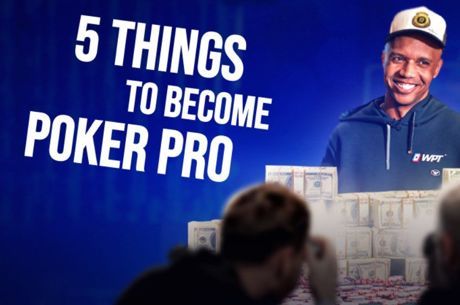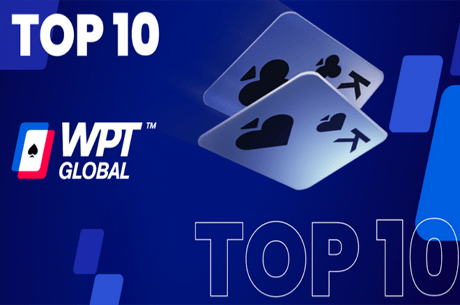Bankroll Builders, Vol. 13: Heads-up NLHE SNGs, Part 1

Dario. ElkY. Nordberg. These are only a few of the pros who built their bankrolls playing heads-up NLHE sit-n-goes. The beautiful thing about online poker is that there is always an opponent waiting for you, no matter what the hour of the day or size of your account balance, and nothing reflects this notion more than HU SNGs. Whether you’re bored senseless with full-ring games, want to improve your heads-up play, or are working on a short bankroll, heads-up SNGs will provide a welcome change. Let’s get started.
Where can I play?
Heads-up SNGs on Full Tilt and PokerStars go off every few seconds and there are a variety of structures to choose from. On Full Tilt, players can choose from standard-speed SNGs (1,500-chip starting stacks and blinds that increase every six minutes), turbo SNGs (1,500 chips, blinds go up every three minutes), or double-stack SNGs (3,000-chip starting stacks, six-minute levels). Buy-ins start at $1.10 on Full Tilt and the site also offers a “rematch” option, allowing players to have another go at the same opponent if both players agree to it. Here’s a look at the full spectrum of low buy-in heads-up SNGs on Full Tilt and Stars (although Stars’ smallest buy-in is $2.20 rather than $1.10):
Buy-in levels (regular): $1+0.10, $2+0.15, $5+0.25, $10+0.50, $20+1, $30+1.50.
Buy-in levels (turbo): $1+0.10, $2+0.15, $6+0.25, $11+0.50, $22+1, $33+3
How much do I need?
In general, it’s possible to successfully play heads-up SNGs on a far smaller roll than full-ring or short-handed SNGs. However, your bankroll-needs will increase as you move up in limits. Why? The competition will get tougher and consequently, your variance will increase. If you plan on playing at the $5 level or below, have 20 buy-ins. At the $10 level, increase that number to 25. When you move up to the $20 level, make sure you have at least 30 buy-ins. Maintaining these bankroll requirements should leave you with a very low risk of ruin.
Should I multitable?
At first, it’s probably not a good idea. “ElkY” didn’t make Supernova in a day and neither will you. Start off single tabling and get used to the format and the speed of play. Some of the same screen names will naturally start popping up — take notes on these players. They’re the regulars you will have to learn to beat if you want to move up in stakes. When you’re more comfortable, add another table or two.
How much can I earn?
According to Sharkscope, the top earners at heads-up NLHE SNGs with buy-ins below $15 have a 22-30 percent ROI over at least 4,000 games. For most players, your ROI will be slightly higher playing standard-speed or double-stack SNGs, but for true grinders, the increase in hourly rate makes turbo SNGs more worthwhile.
When should I move up?
Move up when you (a) have the proper bankroll to do so and (b) feel comfortable enough with your skill level relative to your opponents. The higher you play, the more you’ll run into experienced, thinking players rather than the spew-monkeys who populate the micro-limits. A good way to test the waters is to start mixing in a higher limit when you are approaching the proper bankroll requirements. For example, if you’ve been playing $11.50 turbos and have worked your roll up to about $700, start mixing in some $22+1 turbos and get a sense of how you fare at that level. If you feel comfortable and are earning at a decent rate, start phasing out the lower limit. If not, keep grinding those $11.50s and start plugging the leaks in your game.
In Part 2 we’ll talk about some of those game leaks and offer up some of our own “tips from the trenches.” Stay tuned.
Ready to start building your own bankroll? Open an account at one of our online poker rooms today and get on the grind.








